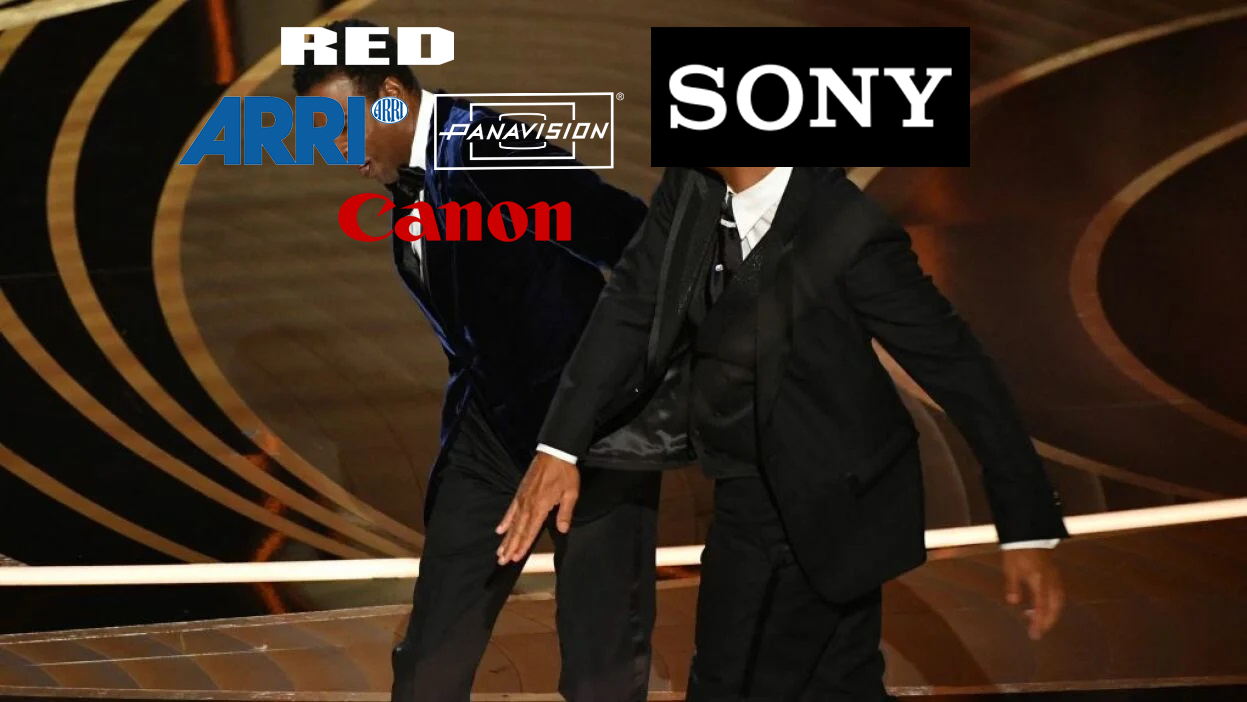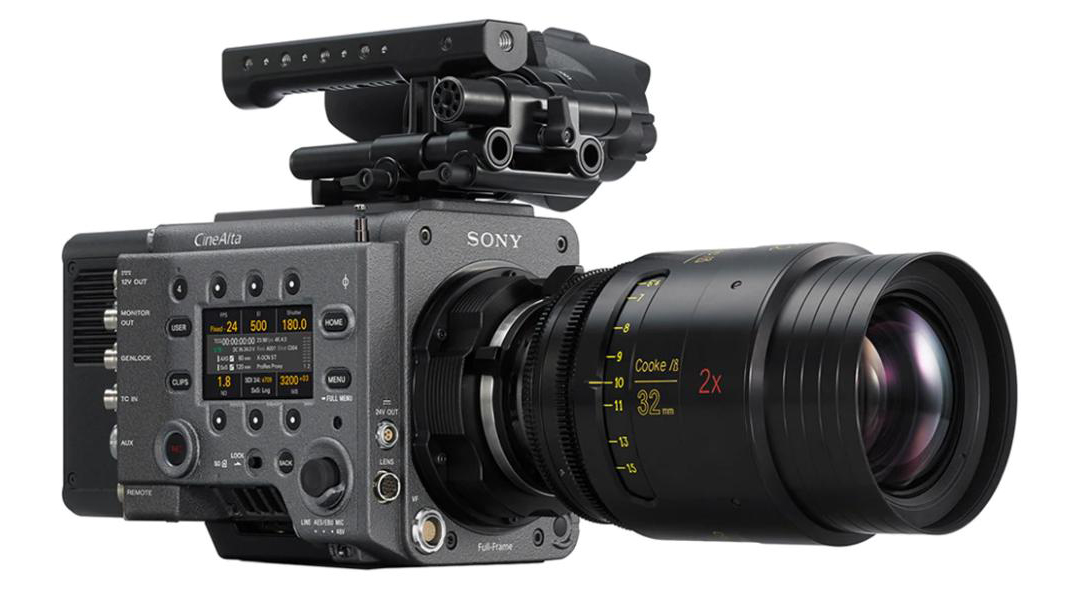Sony slaps the competition as CODA wins Best Picture at The Oscars
Sony celebrates victory over rivals as CODA, which won the Oscar for Best Picture, was shot on a Sony Venice

As we are still talking about that incident on stage, those in the Sony camp have smiles on their faces this morning, as it has been revealed that CODA – a Apple Original film, which won Best Picture of the Year at the Oscars – was shot on a Sony Venice E-mount camera with Arri signature prime lenses.
This is an interesting time for Sony, as it recently announced its latest Cine Alta camera: the Sony Venice 2. When any film wins Best Picture the cast, crew and filming gets analyzed by the masses, right down to what cameras were used to shoot the movie.
Sony Venice 6K

- Other news:
- OnePlus 10 Pro flagship phone launches in North America and Europe
- Make Hollywood worthy videos with the new GoPro Hero 10 Creator Edition
- Legendary album covers on display in 'For the Record' at The Photographers' Gallery
The Sony Venice 6K was launched in 2018 and brought with it a whole new dimension to the world of Sony Cine Alta users, a full-frame dimension. While full-frame cinema cameras are quite common today, but back in 2018 this was a revolutionary move for Sony Pro Imaging.
The Venice offered a full frame (36 x 24mm) image sensor designed specifically for high end cinematography, and can capture images up to a maximum resolution of 6048 x 4032 (6K). By switching image modes, Venice can natively support Super35 (24.3 x 18 mm) up to 4096 x 3024 resolution (4K).
In other words, the Sony Venice can capture in almost any format, and almost any aspect ratio can be conjured up – 1.85:1, 2.39:1, 17:9, the list goes on in full-frame or Super35. All of which made this an extremely versatile camera, and it is no wonder it's still a fan favorite today, from indie features to Hollywood films.
The Venice is also certified for the ‘Filmed in IMAX’ program due to its stunning imaging quality and integration with the IMAX proprietary post-production workflow process.
The best camera deals, reviews, product advice, and unmissable photography news, direct to your inbox!
No matter what new cinema cameras are invented, when something works and works well, Hollywood and those around the industry are never the first to change. A four-year-old camera sounds ancient in the cinematography world today, but it's great to see Sony and Apple triumph in a category that is usually dominated by the likes of Arri, Red and Panavision.
Read more:
Best cine lenses
Best wireless follow focus
Best audio recorders
Best anamorphic lenses
Best cinema camera

For nearly two decades Sebastian's work has been published internationally. Originally specializing in Equestrianism, his visuals have been used by the leading names in the equestrian industry such as The Fédération Equestre Internationale (FEI), The Jockey Club, Horse & Hound, and many more for various advertising campaigns, books, and pre/post-event highlights.
He is a Fellow of the Royal Society of Arts, holds a Foundation Degree in Equitation Science, and holds a Master of Arts in Publishing. He is a member of Nikon NPS and has been a Nikon user since his film days using a Nikon F5. He saw the digital transition with Nikon's D series cameras and is still, to this day, the youngest member to be elected into BEWA, the British Equestrian Writers' Association.
He is familiar with and shows great interest in 35mm, medium, and large-format photography, using products by Leica, Phase One, Hasselblad, Alpa, and Sinar. Sebastian has also used many cinema cameras from Sony, RED, ARRI, and everything in between. He now spends his spare time using his trusted Leica M-E or Leica M2, shooting Street/Documentary photography as he sees it, usually in Black and White.
